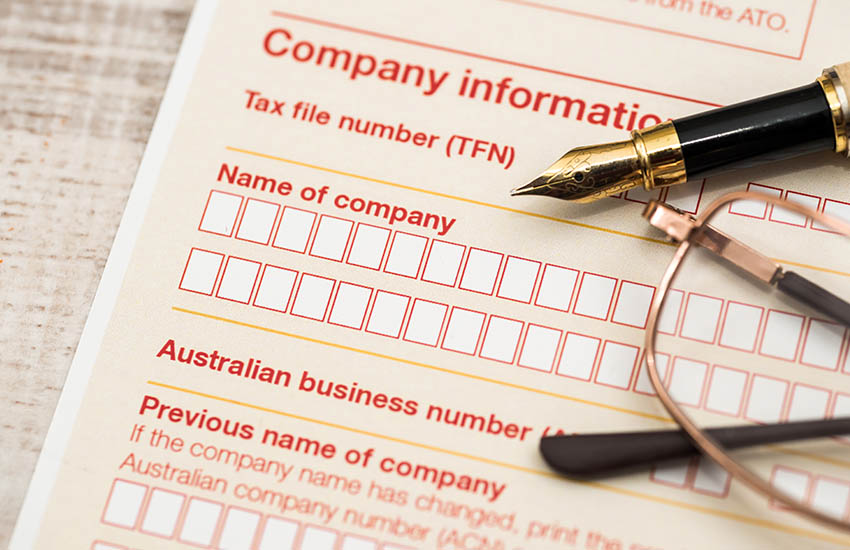JobKeeper changes today: What accountants need to do now
TaxJobKeeper eligibility and rate changes come into play today, but employers will have additional time to assess their turnover position and meet the wage condition.

From today, employers will need to demonstrate that their actual GST turnover for the September 2020 quarter has declined by at least 30 per cent to receive the wage subsidy until 3 January 2021.
Large businesses with a turnover of more than $1 billion will need to show a 50 per cent decline, while ACNC-registered charities will need to demonstrate a 15 per cent decline.
To continue receiving JobKeeper payments from 4 January to 28 March 2021, businesses will again have to demonstrate a decline in the December 2020 quarter.
Payment rates will now split into $1,200 for employees who worked more than 80 hours in their reference periods, and $750 for everyone else.
While the ATO has provided employers until 31 October to meet the wage condition for JobKeeper fortnights starting 28 September and 12 October, practitioners have been urged to “get their skates on” to help clients determine their eligibility.
“The starting point is to make sure the client has lodged their September 2019 BAS and then fast-track the activity statement for the September 2020 quarter,” said the Institute of Public Accountants general manager of technical policy Tony Greco.
“The quicker you can get that done, the quicker the employer will know.”
With the September quarter yet to come to an end, Mr Greco believes some employers will choose to hold off from making further payments until their eligibility is confirmed.
“If the employer is needing that subsidy to make that payment and they are not sure [of their eligibility], the best thing to do is not to pay,” Mr Greco said.
“They might need to communicate that to their employees, they might need to say, ‘Listen, we’re not sure if we can make the top-up. We have to assess our eligibility first, and then we’ll be in a position to see what we can do because we may not be able to afford to make that top-up or continue the employment relationship.’
“The ATO will honour the wage condition up until 31 October, so we do have a bit of flexibility to put off the top-up payment or the actual payment for the first couple of fortnights.”
Accounting for turnover
Calculating actual GST turnover will now be restricted to either the cash or accruals GST attribution method used in preparing an entity’s BAS.
Businesses not registered for GST can use either a cash or accruals basis but must use the same accounting basis for both test periods.
All other entities with different circumstances, such as those who changed their accounting basis during the year, will have to follow specific rules as set out by the Tax Commissioner.
Mr Greco said practitioners should note that the flexibility of choice provided in the first version of JobKeeper has now been removed.
He also believes some businesses may find themselves falling short of the eligibility criteria due to their GST attribution method.
“For some entities, the cash or accruals basis doesn’t represent the business environment that they are currently operating in,” Mr Greco said.
“For example, if you’re on a cash basis, you might be getting money for work done four or six months ago and you are paying GST on work that was done for quite some time ago, and had you been on accruals, that would reflect your work has dried up and you’re not doing much work.
“That’s going to be quite a shock to some entities because that basis does not reflect the operating conditions, particularly in Victoria under stage 4 restrictions, a lot of businesses have had to close down and there’s not much activity and the movement away from those choices might mean they are not eligible.”
Further, the move from projected GST turnover to actual GST turnover could cause eligibility issues for businesses that decided to sell capital assets over the past few months.
“When a GST-registered business sells a capital asset, it forms part of the G1 label in their activity statement and therefore filters into the actual decline in turnover,” Mr Greco said.
“It’s an anomalous outcome when businesses are forced to sell surplus assets to generate enough cash to deal with overheads.
“The sale of those assets will push up their turnover figures and, therefore, could artificially inflate that number, and some could find themselves missing out on the 30 per cent decline.
“The government knew about this. All the accounting bodies tried to advise the government that this would be an anomalous outcome and, unfortunately, that’s where it has landed and we have to deal with that consequence.”




